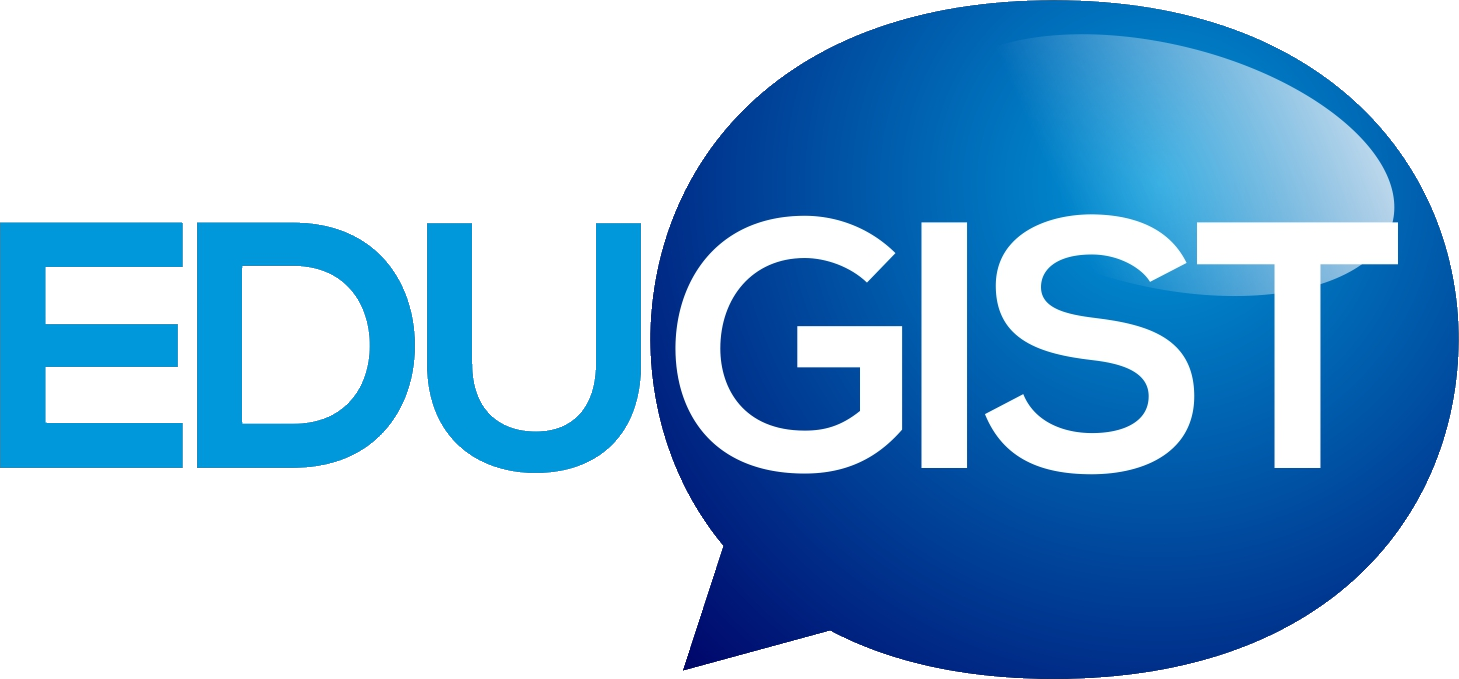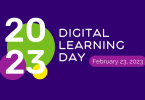A teacher is the example of what learning stands for. If you have been a teacher for many years, you have certainly gathered a wealth of experience during your career. If you are a newly qualified teacher, it is because of your knowledge that you graduated to become a teacher. In both cases, you will agree that teaching can sometimes feel like an impossible task; a tough challenge. Sometimes, students do not easily understand what is being taught. This is why teachers must make lessons clear and stimulating.
A well-structured plan is important for a good lesson:
Every lesson needs a structure that outlines the plan and strategy for a good delivery and for good understanding. A good lesson must also meet the needs and abilities of all pupils. The learning objectives (what the lesson is about) and the learning outcomes (what will be known as a result of the lesson) must be clear at the beginning of the lesson for all students to understand. A good lesson has:
A Start.
A Middle.
An End.
The Starter:
The Starter is an activity to settle your students so they are ready for the lesson. This can be an activity to quieten your students down, so, allow them to sit down and reflect on a task. Examples of these include:
Unjumbling words.
Putting sentences in the correct order
Matching up words to pictures
Correcting mistakes from a task
A starter activity can also get your students in the mood and ready to learn. Examples of these include:
Asking students to recall what they learnt in a previous lesson.
Asking students to describe a picture in detail.
Giving students an answer and asking them to provide the question (e.g. Answer: Wednesday – Question: what is the day before Thursday?)
For lesson starters to be effective, every student must be involved in the thinking or working out of answers. The teacher must avoid leaving some students uninvolved and unengaged. The teacher must also ensure that the starter is not too long so as to take too much of the time of the lesson itself.
The Middle:
The Middle is the key part of the lesson. The Middle should start as soon as the class has settled and is ready to take in new learning or new knowledge. The teacher must always model or demonstrate what the students are going to learn. It is important that each student understands what they are learning. It is also important that the learning is challenging enough for each student to develop their skills.
It is a good idea to set tasks for students to work in pairs or in small groups, this will give them confidence. For an inclusive lesson where every student is included, the teacher must apply differentiation. (Please read the guidance on differentiation in Special Educational Needs, what is it? by the same author).
The End:
Throughout the Middle part of the lesson, it is important to give the students the opportunity to recall and reflect on what they are learning. Doing this means that the teacher is carrying out ‘mini plenaries’. It also enables the teacher to see how the lesson is going and what needs changing or addressing. Successful plenaries involve all of the students recalling and reflecting on their learning. Some examples of plenaries include:
Summarising what has been learnt to enable the students to understand and remember.
Checking that students understand a key element of the lesson and its importance.
Allowing students to evaluate their own and each other’s work.
It will be stimulating for your students to know what they are learning and what they will be able to do as a result of their learning. It is therefore important to make the learning objectives and learning outcomes clear to students at the start of each lesson.








